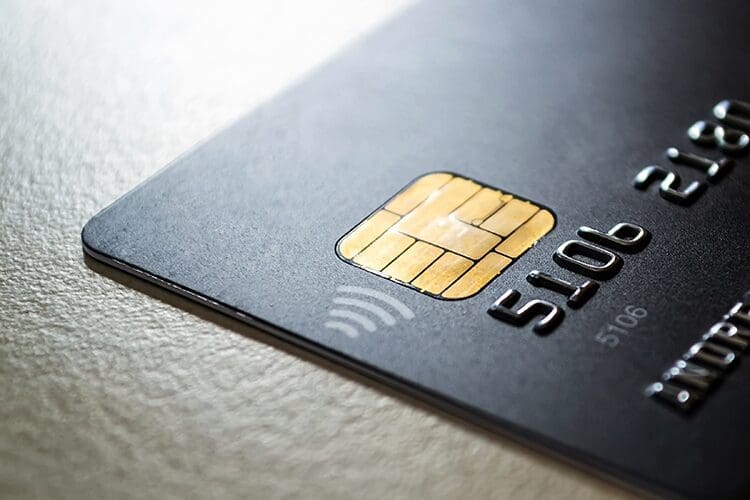Contents
Chargebacks -What Agencies Need to Know Part 2
In the first part of this two-post series, we looked at what chargebacks are, and how the chargeback process works. In this post, we will look at why chargebacks happen and what an agency can do to prevent them.
Why Do Agency Chargebacks Happen?
Top Chargeback Categories
According to The Year in Chargebacks 2002 by Midigator, different categories are used to classify chargebacks. These categories vary slightly based on the card brand but can generally be divided into four general categories; fraud, cardholder disputes, authorization issues, and processing errors. The cardholder’s bank reviews each case and picks the category (or reason) that is the best fit for the chargeback.
Midigator also found that for the fifth year, fraud-related chargebacks accounted for the majority of the chargebacks. The second most common category was cardholder disputes. Processing errors and authorization issues combined accounted for less than 2% of chargebacks.
If a service or convenience fee is small, say $1.50, that is the card payment that is often disputed. Why? Fraudsters will run the card for a small amount to see if the cardholder will notice the fraudulent charge before using the card for a more significant purchase.
Other Agency Chargeback Reasons
Here are some other reasons why a constituent might initiate a chargeback:
Descriptor
One is the billing descriptor, aka retail, statement, or merchant descriptor. The descriptor is the text and number series that identifies the party that received payment. The cardholder uses the descriptor to identify to whom and why they made a payment. If the constituent’s card statement’s descriptor is unclear, the constituent can file a chargeback. Typically, the descriptor was set when the agency opened its merchant account, and if needed, can be changed by contacting the Agency’s payment solutions provider.
Forgot
Government payment chargebacks also occur when a constituent does not remember agreeing to pay the service or convenience fee. This reason is especially valid for online payments where constituents blindly check boxes to complete the transaction.
Two Transactions
The constituent might not realize, when they read their statement, that their payment comes across in two transactions, one transaction for agency’s invoice/bill amount and one transaction for the service or convenience fee. If the service or convenience fee descriptor is different than the descriptor used for the invoice/bill they paid, it only adds to their confusion.
How to Prevent Agency Chargebacks
There is no silver bullet a payment processor or government agency can use to prevent constituents from charging back a government payment. However, there are things both a government agency and their payment solutions processor can do to reduce the likelihood of a constituent charging back a transaction.
Agency In-office
Government agencies can display conspicuous signage reminding constituents at the point of service that there is a separate service or convenience fee for making card payments. When a virtual terminal is in used, agencies can also have their employees get a verbal acceptance from the constituent.
An agency’s payment solution processor can do their part by setting up the service or convenience fee merchant account with an accurate retail descriptor to display on the constituent’s card payment statement.
Don’t Forget Virtual and Online Terminals.
Virtual terminals make it easier for staff to accept in-person (card present) constituent payments. Staff should be trained to ask for approval and be sure to note that the constituent gave verbal approval in the terminal. Receipts should accurately itemize all charges, including fees.
Online payment pages or terminals need clear and easy-to-understand messaging notifying the constituent of a service or convenience fee before the constituent completes payment. Online payment pages should have a required checkbox acknowledging the service or convenience fee. Email receipts should accurately itemize all charges, including fees.
Summary
Service and convenience fees are a revenue-neutral method to pass along card payment processing fees to constituents. Government agencies are not immune to chargebacks, but they are much rarer than in the private sector. The reasons for agency chargebacks differ from the private sector and usually evolve around constituents forgetting they agreed to pay the fee or not understanding the descriptors on their statements. There are common sense things agencies and their payment processor can do to reduce chargeback risk.
About IntelliPay
IntelliPay, formerly GovTeller, is the sponsor of this post. IntelliPay has provided payment gateway, payment processing, service and convenience fee payment options, and customized integrated solutions since 2004.
To learn more, visit www.intellipay.com/government


